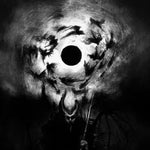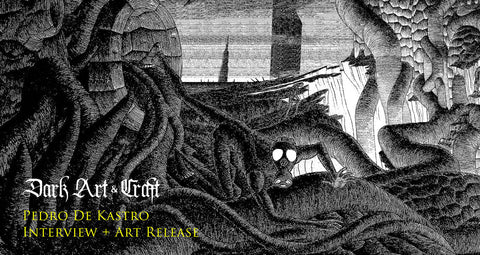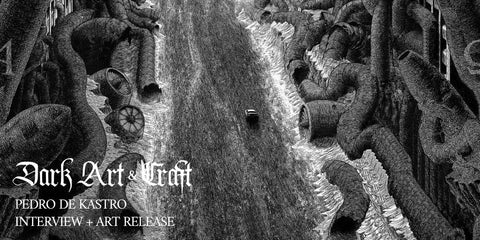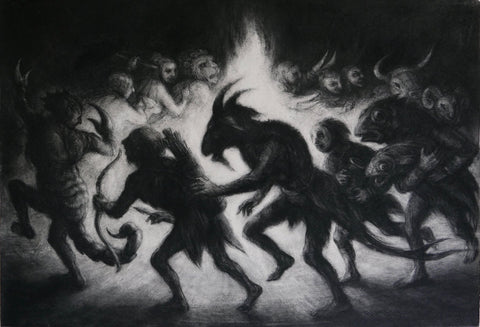
Albert Pinkham Ryder (1847–1917) was a visionary American painter—a solitary figure of tonalist romanticism whose small, almost mystical canvases reveal worlds of quiet dread, mythic symbolism, and haunting chiaroscuro (Wikipedia, Wikipedia). Born in New Bedford, Massachusetts—a thriving whaling port—Ryder carried into adulthood a deep-seated fascination with the sea, moonlight, and the untold stories whispered by waves and wind (Smithsonian American Art Museum, Wikipedia).

Albert Pinkham Ryder: Constance 1896, Museum of Fine Arts, Boston object ID: 32940 Edit this at Wikidata
The Slow Burn of Creation
Ryder’s process was painstaking, almost obsessive. He often painted over years—or even decades—layering pigment until the surface became almost sculptural. Works such as Jonah bear the physical imprint of these years: even today, the paint remains soft to the touch (Smithsonian American Art Museum). This slowburn method—blending quick-drying pigments with slow ones, reworking over cracked or wrinkled layers—invited decay as a collaborator, making each canvas a living, changing artifact (Wikipedia, Brooklyn Rail).
Blending quick-drying pigments with slow ones, reworking over cracked or wrinkled layers—invited decay as a collaborator, making each canvas a living, changing artifact

Jonah. (mid 1880s to 1890s). oil on canvas, 27.25 x 34.37 in. Smithsonian American Art Museum, Washington, D.C.
Eerie Allegory and Seascapes Beyond Time

Seacoast in Moonlight, 1890, the Phillips Collection, Washington, D.C. Moonlight unfolds across turbulent water—Ryder’s world distilled into one luminous moment (Medium, Smithsonian American Art Museum
From Vision to Legacy: A Troubled Heritage
Though Ryder produced fewer than 200 paintings over 30 years, each carried such metaphysical weight that his influence outlived his modest fame (Raft, Wikipedia, Smithsonian American Art Museum). Artists like Marsden Hartley and Jackson Pollock regarded Ryder as a pioneering spirit—the first American painter to treat paint as an object (Brooklyn Rail).

The Flying Dutchman, c. 1896, oil on canvas mounted on fiberboard, Smithsonian American Art Museum, Washington, D.C. This file was provided to Wikimedia Commons by the Smithsonian American Art Museum as part of a cooperation project.
Yet Ryder lived and died in obscurity. After retreating into self-imposed isolation in his New York attic, he spent his final years in poverty, cared for by students and friends. His final masterpiece, The Race Track (Death on a Pale Horse), may have marked the end of his active creative output (Raft, Wikipedia). The work was painted between circa 1896 and circa 1908 or roughly twelve years in the making.

The Race Track (Death on a Pale Horse) (1895–1910), oil on canvas, 28.25 x 35.25. Cleveland Museum of Art. Painted between circa 1896 and circa 1908.

The Dead Bird, 1890-1900, oil on wood, 4.75 x 10 in. Phillips Collection, Washington, D.C.
Final Thoughts
Albert Pinkham Ryder painted with the soul of a poet and the touch of a mystic. His canvases pulse with deep calm and ancient allegory, each brushstroke caught in years of thought...

Ryder in 1905, photo by Alice Boughton.
Albert Pinkham Ryder, American painter. Inscription reads, "Copyrighted by Alice Boughton New York 1905"




